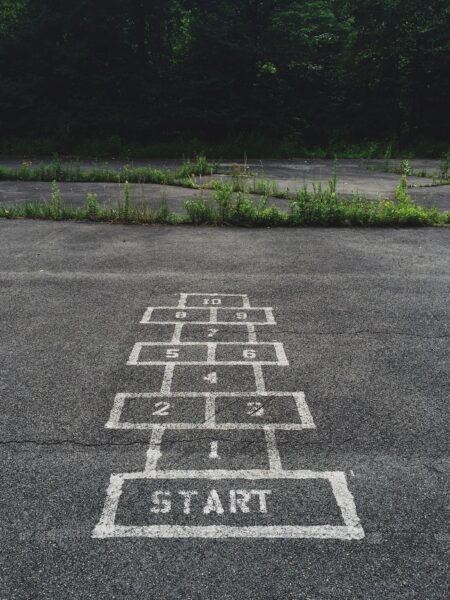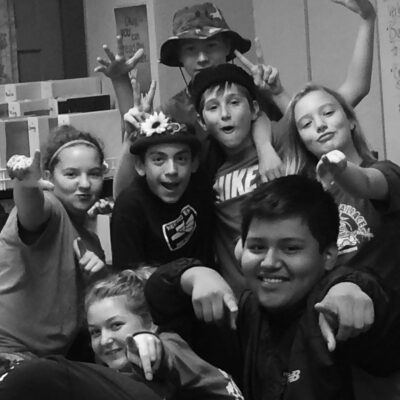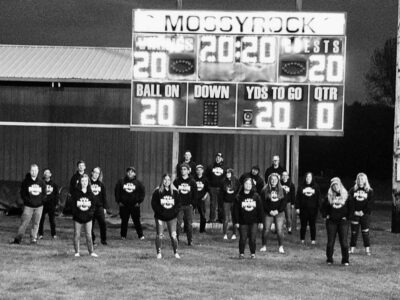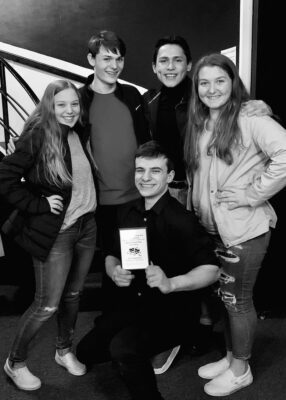We are pivoting, again.
Pivot? I keep hearing this word, and the famous phrase from The Princess Bride keeps running through my head: “You keep using that word. I do not think it means what you think it means.”
In the dictionary, pivot (v.) means to turn in place, as if on a point. Synonyms include rotate, revolve, and swivel. I get it, because what it means in a staff meeting is that yesterday may have been an in-person hybrid day, but now we are pivoting to fully remote teaching temporarily, due to a rise in cases of Covid-19 in our district. We are swiveling, changing direction, quickly without pause. We have done it three times this year, and it looks like we need to be prepared to pivot in the future. This is the new normal in education, shifting to meet the immediate needs of our students. Not a bad thing, in general.
However, I don’t want to merely pivot, at least the swivel variety of pivot. In business, a pivot is a true change of course. The product is not selling, so change the product or get a new one to sell. I’m feeling more like that. Students are failing in record numbers. Teachers and students are struggling with engagement and isolation. Not only is this a problem in itself, but it has also revealed and highlighted some troubling pre-existing conditions in education. (There are many, so I will leave you to imagine your favorites.)
Continue reading









